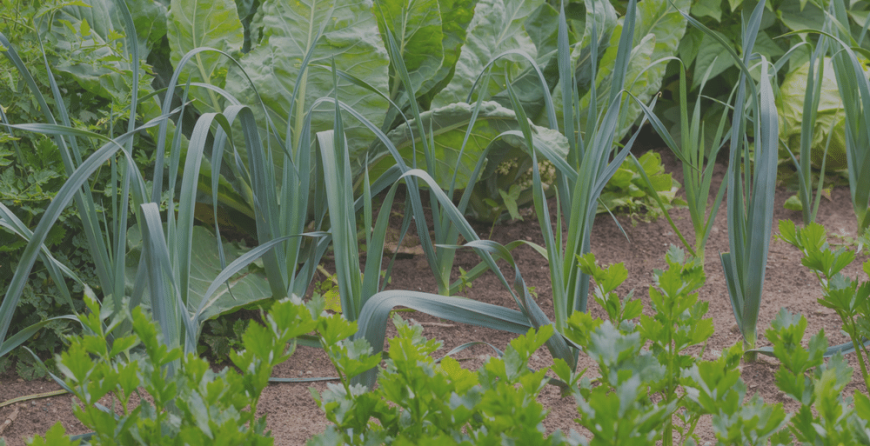
When considering the current economy, planning an organic vegetable garden is a great idea. Regardless of how much space is available for you, there are various choices for growing a garden at home. Whether you have a little, or a lot, of space inside, there are outlines and beautiful designs that will work for growing a garden.
Each great garden plan will certainly contain the following:
(a) Comprehensive list of garden vegetables
(b) The garden bed design
(c) Nursery
(d) Water drainage systems
(e) The garden area
(f) Compost area
Critical Tips and Ideas about Organic Garden Planning
Step 1: Organic Garden Design
Design your organic garden from north to south in a sunlit and fairly drained area. You should plant taller mounting vegetables, for example, corn or green beans on the north end of the garden to maintain a strategic distance from them from covering shorter plants.
The medium-height plants, for example, tomato, cucumbers, potatoes, zucchini, eggplant at the center. While the shorter, crisp vegetables like onions, lettuce, and radish on the south end side of the garden.
Step 2: Bed Garden plan
Design your garden from north to south within a sunny region. Fabricate a container of strong wood blocks or even rocks 8 to 15 inches long. Any length is alright; dependent upon exactly what number of vegetables you might want to grow, and exactly how much space you have. Top off the bed with top quality natural garden earth made up of vermiculite, manure and natural and common compost.
Step 3: Prepare the soil
Experienced organic gardeners agree that collecting the soil is an important factor in improving yields. A significant, naturally rich soil empowers the development of sound, broad roots that can reach considerably more water and supplements. So developing the soil is exceptionally critical for making an organic garden.
Step 4: Prepare the beds
The state of the beds could have an effect too. Raised beds are space-saving if the tops are adjusted delicately. An adjusted bed is five feet wide at its base. So set up beds which are appropriate for the plants.
Step 5: Space well
To get the ideal yields from each bed, concentrate on how you will space your crops. Sometimes you may want to abstain from planting in square columns. Try planting in triangles. This method can yield 10 to 14 percent more vegetation in every bed.
Step 6: Utilize Fertilizers
Natural organic fertilizers like manure, and mulch can be very helpful in your garden. These materials incorporate significant supplements while significantly upgrading soil surface.
Step 7: Water your garden wisely
Wet leaves, especially during evening hours, may draw in problems. Abstain from watering the plants with a sprinkler. Or maybe, use a water-sparing soaker hose to give water to the roots directly.
Step 8: Grow up your garden
Regardless of how little your garden is, you can grow significantly more by going vertical. Develop vining plants, for example, tomatoes, peas, melons, shaft beans, squash, cukes, et cetera straight up; you can add trellises, pens, wall, or maybe stakes. Developing vegetables vertically spares time too.
You can get an unbelievable measure of great food out of a small organic garden.


